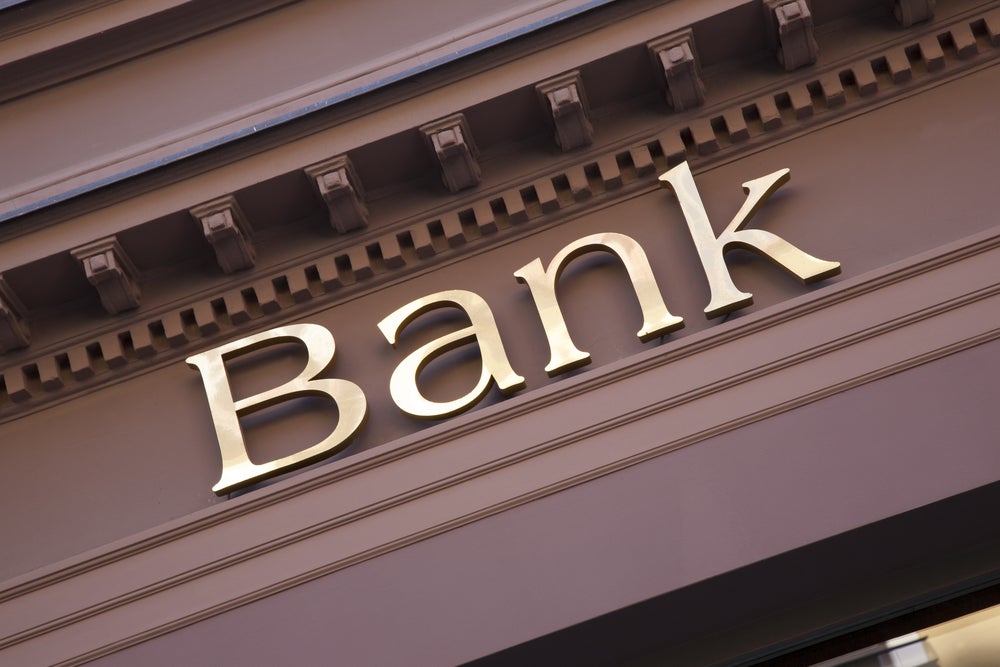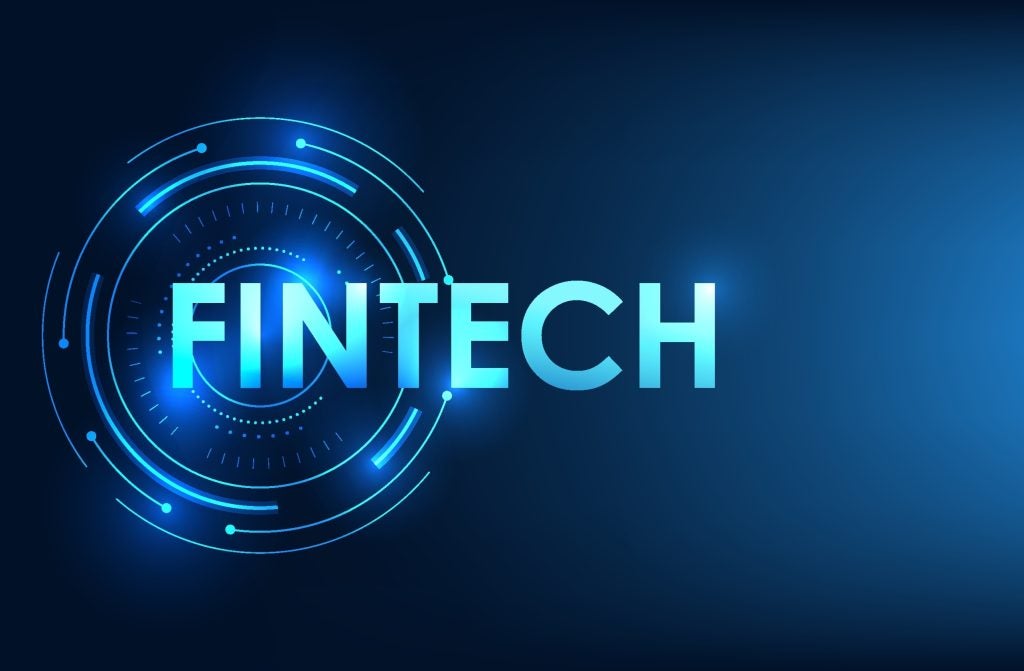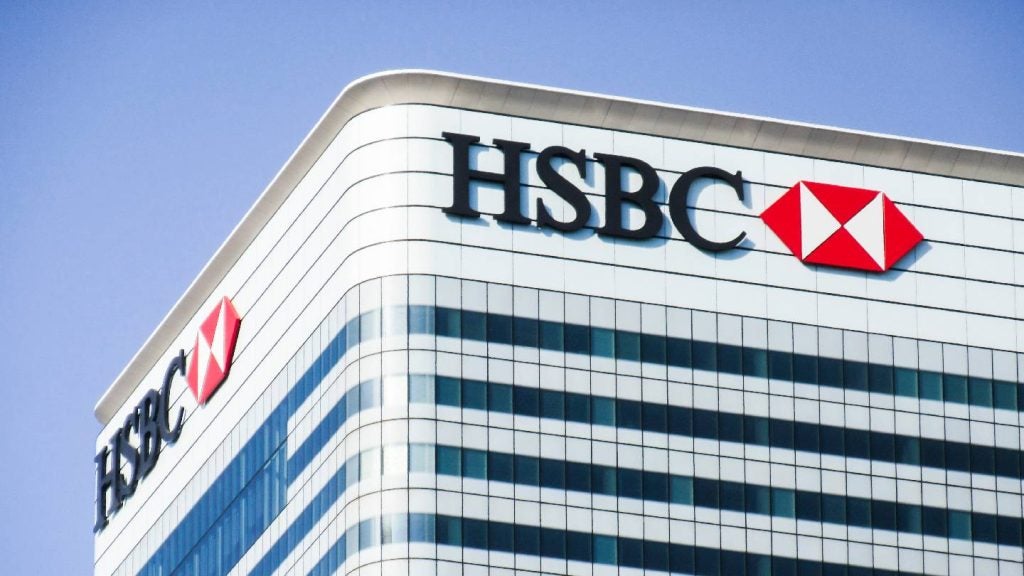
More than half of consumers still prefer visiting a branch to open an account, even though 79% have access to real-time payment systems, according to GlobalData’s latest survey of more than 63,000 people across 42 markets.
These findings highlight a paradox in modern banking: while digital convenience has become standard, confidence and personal connection remain the key differentiators in financial services.
Hybrid banking
A majority of consumers still prefer to visit a branch to open an account or apply for a mortgage, even as online channels dominate for day-to-day activities such as balance checks and fund transfers. Affluent clients with liquid assets exceeding $100,000 are the most frequent branch users, treating physical locations as advisory and relationship hubs rather than transactional spaces.

Access deeper industry intelligence
Experience unmatched clarity with a single platform that combines unique data, AI, and human expertise.
To sustain this hybrid environment, banks are investing heavily in generative AI and cloud infrastructure. GlobalData notes that AI can provide problem resolution and customer support around the clock, while cloud-based systems allow for rapid deployment of products such as mortgages or insurance. These technologies also help reduce operating costs, enabling banks to maintain profit margins while offering lower fees and faster services.
Branches, meanwhile, remain strategically vital for high-value product sales such as mortgages and wealth management. GlobalData cautions that slowing the pace of branch closures will be key to retaining older or less digitally-confident customers who still prefer face-to-face guidance.
Transparency and loyalty
While digital reliability and navigation score highly, the survey finds satisfaction levels drop sharply in areas such as pricing transparency, competitiveness and loyalty rewards. Traditional banks continue to focus on attracting new customers, while overlooking long-tenure clients, a gap that erodes long-term trust.
The survey indicates lower fees and recommendations from friends or family are the top two drivers influencing customers to switch banks. Yet, switching remains rare, with only 1.93% of consumers worldwide changing their main bank in 2025. This inertia makes reputation and the net promoter score (NPS) crucial. Banks that strengthen transparency and reward retention through lower maintenance fees, tenure-based benefits and clear communication stand to benefit significantly from word-of-mouth growth.

US Tariffs are shifting - will you react or anticipate?
Don’t let policy changes catch you off guard. Stay proactive with real-time data and expert analysis.
By GlobalDataGlobalData concludes that maintaining a high NPS is now central to customer acquisition and retention strategies, replacing mass marketing with network-based advocacy.
Financial education
Many consumers are still uncertain about investing or perceive it as too risky. GlobalData’s data shows 33% invest for retirement, 22% to build wealth and 17% for regular income. However, barriers such as limited understanding and low confidence persist.
The report argues that improving financial literacy has measurable commercial value. Consumers who better understand financial products are more likely to cross-buy insurance, investments or loans and less likely to default. Banks can strengthen engagement by embedding short, interactive tutorials and offering incentives for completing awareness modules on topics such as fraud prevention or compound interest.
The survey also highlights that fewer than 2% of consumers switch their primary bank each year, emphasising the value of early customer acquisition. Targeting younger customers with education-led digital products allows institutions to capture long-term value before competing relationships form.
Evolving payment models
Access to real-time payment systems now covers 79% of the global population, marking a significant shift in how consumers transfer money. However, only 19% of global users currently utilise real-time systems for both peer-to-peer and retail purchases, indicating adoption is still more prevalent for peer-to-peer transfers than for e-commerce.
Open-banking-driven account-to-account (A2A) payments are gaining popularity, with half of global consumers having used pay-by-bank options, particularly in regions such as Asia-Pacific (APAC), the Middle East and Africa (MEA) and Latin America. These systems enable instant settlement, bypass card network fees, and provide merchants with faster access to funds.
E-commerce platforms are responding quickly. GlobalData notes that one-third of consumers abandon online transactions if their preferred payment option is unavailable. Merchants that integrate multiple payment options such as cards, wallets, buy now pay later (BNPL) and account-to-account (A2A) can therefore increase conversion rates and average cart value while reducing abandonment.
For banks and payment providers, the strategic imperative is clear: make real-time and embedded payments as seamless as contactless card use while embedding robust fraud detection systems that can block suspicious transactions within seconds.
Regional preferences
Mobile payment preferences differ sharply by geography. In-store, contactless methods dominate in Europe and MEA, whereas QR code systems lead in APAC and the Americas. Usage figures underline the split: 76% of mobile payments in APAC are contactless, compared with 61% in Europe and 51% in the Americas.
Security remains a decisive factor. Among non-users, 30% said they would adopt mobile wallets if they were more secure than cards or cash and 27% would do so if wallets offered better rewards. These preferences suggest mobile payment adoption depends as much on perceived safety and incentives as on technology itself.
As biometric authentication methods such as fingerprint, facial recognition or tokenised cards become mainstream, mobile wallets have an opportunity to deliver both enhanced security and faster checkouts, addressing the twin priorities of convenience and trust.
Rising fraud risks
Financial fraud has escalated sharply: 28% of consumers globally were victims in 2025, up from 18% a year earlier. MEA recorded the highest rate at 43%, compared with 21% in Europe. Fraudsters’ use of generative AI to produce convincing messages and even synthetic voices has raised the sophistication of scams.
GlobalData urges banks to pair advanced AI-based detection with consumer education. Interactive anti-fraud tutorials and in-app verification tools can empower customers to identify fraudulent requests. Meanwhile, tokenised and single-use virtual cards further reduce exposure. In the hybrid era, where digital convenience is matched only by digital risk, the ability to protect consumers without adding friction will define reputational strength.
From convenience to confidence
The report’s overarching message is that success in 2025 hinges on balancing automation with authenticity. Consumers expect instantaneous, personalised service but they also want assurance that their money and data are safe. As GlobalData concludes, banks must leverage AI and cloud technology to deliver 24/7 reliability, keep branches open for high-value interactions and ensure transparency across fees and rewards.
Convenience is now the baseline. The true competitive currency is confidence, earned through responsible data use, fair pricing, financial education and secure, seamless transactions. Institutions that achieve this balance will lead the next phase of global banking transformation.







